Sprint for Success!
Within the business you may have heard the term sprint banded about and you may well have wondered . . . what’s it all about? Well, look no further! You’re about to be introduced to a more in-depth explanation to design sprint methodology and what you can expect if you join us at an Innovation Festival.
What is a Sprint?
A sprint, or a design sprint to give it its full name, is a framework for businesses to solve and test solutions to identified problems in three to five days, instead of months or even years.
The idea of sprints originated from the depths of Silicon Valley and really brought to prominence by NY Times best-selling author Jake Knapp at his time at Google Ventures.
In essence a sprint gives businesses a shortcut to learning without fully committing to building and launching. Working together in a sprint, you can shortcut the endless-debate cycle and compress months of time into a single week.
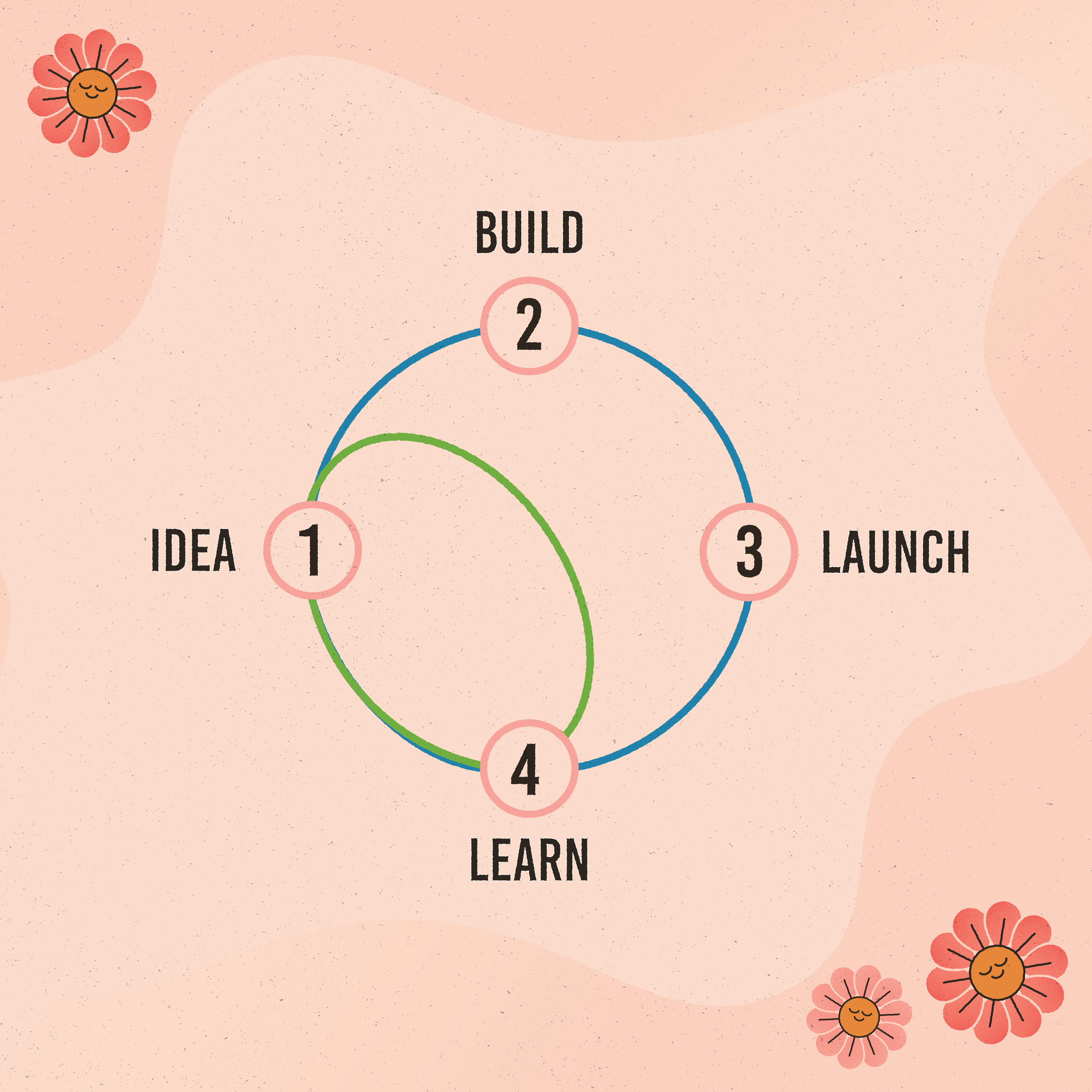
Instead of waiting to launch a minimal product to understand if an idea is any good, you’ll get clear data from a realistic prototype. The sprint gives you a superpower: you can fast-forward into the future to see your finished product and customer reactions, before making any expensive commitments.
What does a Sprint look like?
Every sprint is unique and dependant on the problem to be solved.
Various different tools and techniques will be used to help guide the sprint team through the process. The structure of the sprint itself will be developed by the sprint lead who will be trained to design and deliver the sprints themselves.
Within each sprint there will be a sprint sponsor who is the person within the business who owns the issues being addressed by the sprint. The sponsor may have to make tough directional choices during the sprint but this is fundamentally important to ensure that when decisions are required, they are made there and then. Being part of a sprint, you will be invaluable to help solve the problem so don’t forget that your opinion REALLY matters!
All sprints follow a basic framework for each day regardless of the tools and techniques selected. On day one you’ll map out the problem in detail, and pick the most important place to focus on solving the issue. Day two, you’ll usually sketch competing solutions on paper. On day three, you’ll make difficult decisions and turn your ideas into a testable hypothesis. Day four, you’ll hammer out a prototype in some way shape or form. And finally on day five, you’ll test it to see what the feedback is on your solution. This will enable you to know you’ve got a winning solution or you’ll ‘fail fast’ and learn quick! If your sprint is shorter than five days, the activities remain the same, they are just condensed into a smaller number of days.
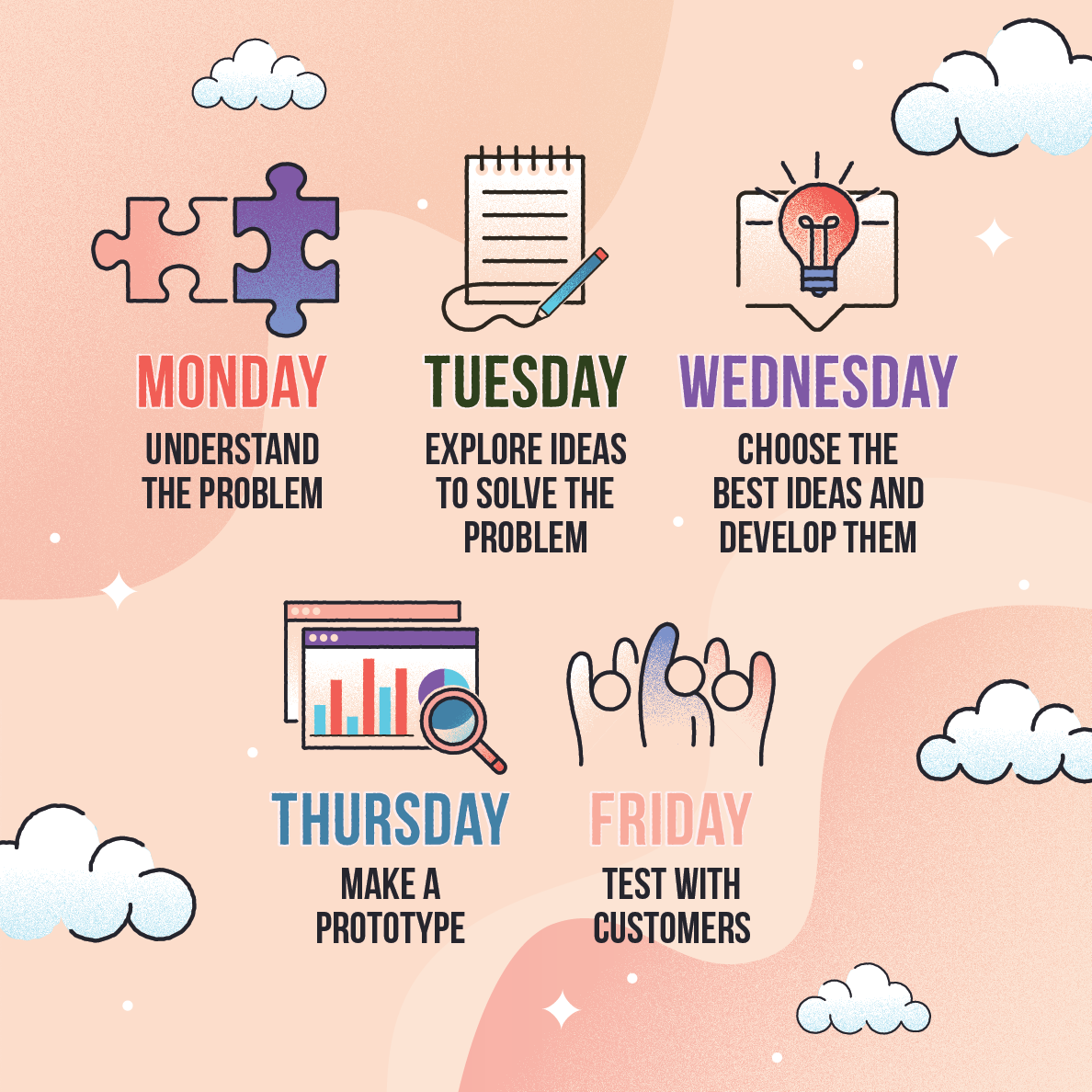
What does a Sprint feel like?
Aside from using lots of post-it notes and sticky dots for idea voting, sprints give your brain a good workout. Indeed you will find that sprints are very tiring and you will probably go home at the end of each day feeling exhausted.
This is because you will be using the creative part of your brain pretty much continuously throughout the sprint and unfortunately this is not the part you normally use continually at work! We are used to working in our left brain, where we follow logic, process etc so this is a break from the norm for most of us.
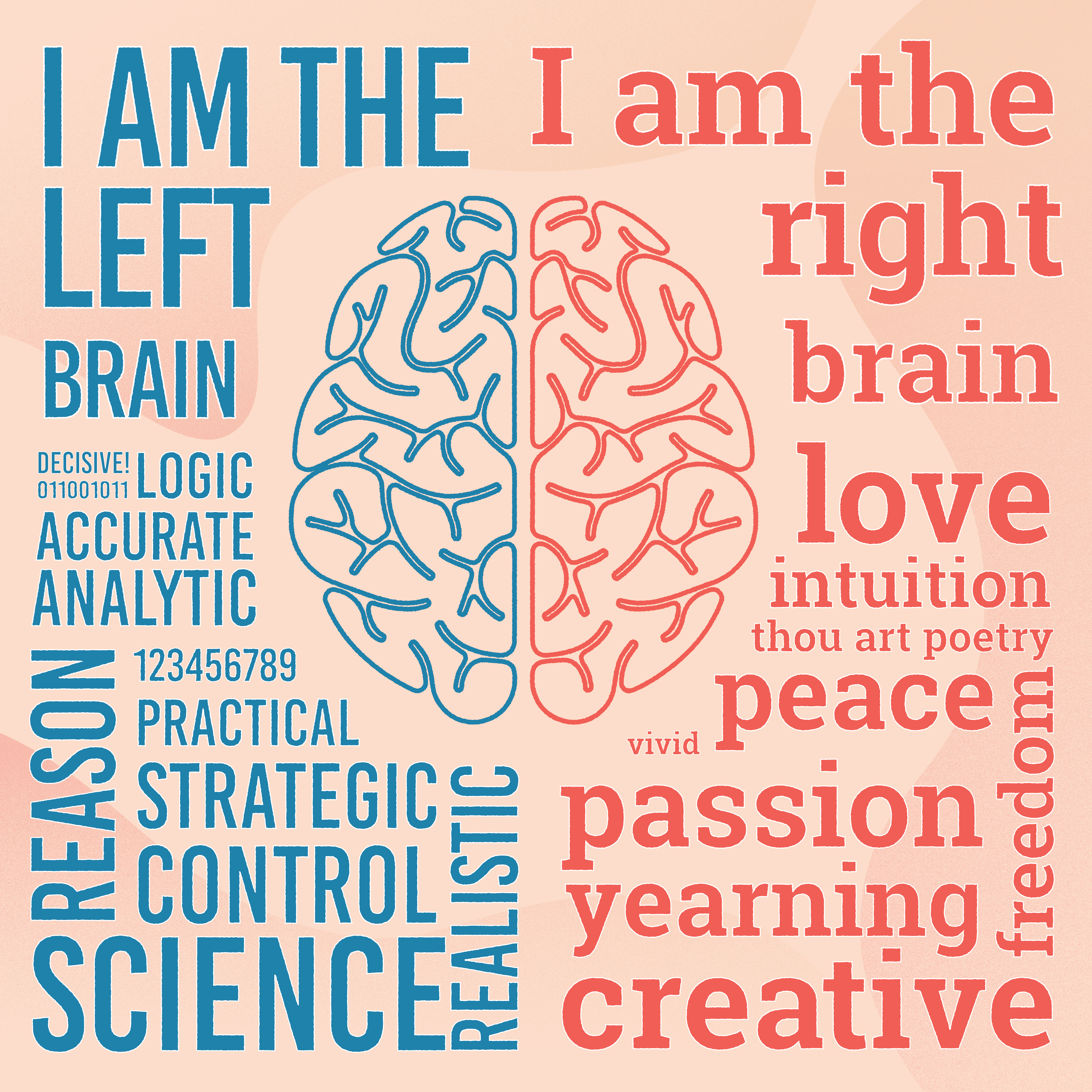
No doubt you’ll be excited to take part in the sprint but it’s definitely worthwhile understanding the emotional rollercoaster you’ll go through in advance of joining one. It’s best summed up by this tweet from Marcus Romer, a British actor, director and screenwriter. He summarised the emotional Creative Process in six simple stages . . . we removed the expletives!
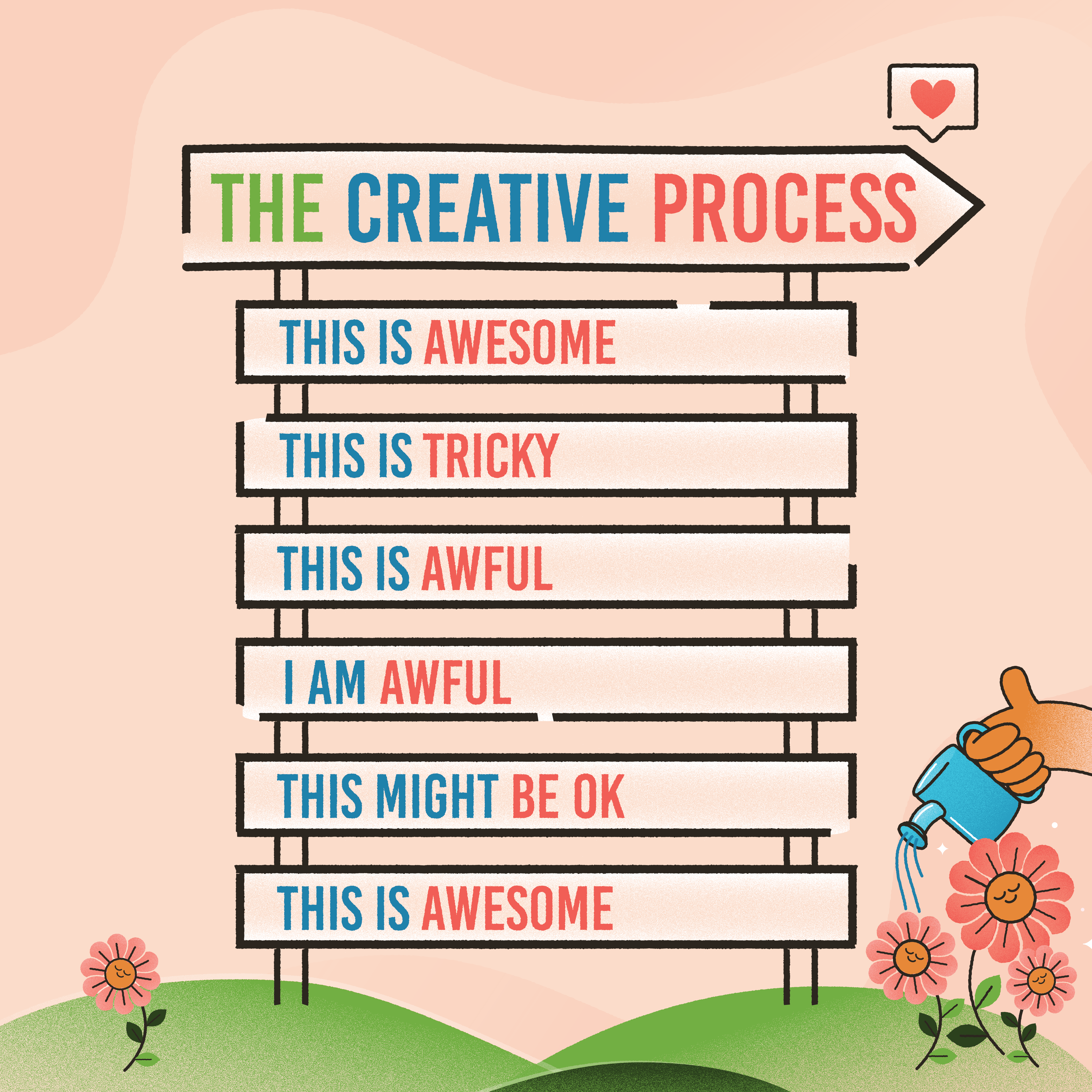
It’s perfectly normal (and expected) that you will go through a dip mid-sprint, but please keep the faith! It all works out in the end and we assure you, you’ll leave the Sprint with the same enthusiasm you started with . . . if not more! It has been verified many times by previous sprint participants that this process is as worthwhile and rewarding as it is demanding and tiring. That’s why they come back, again and again.
Want to know more?
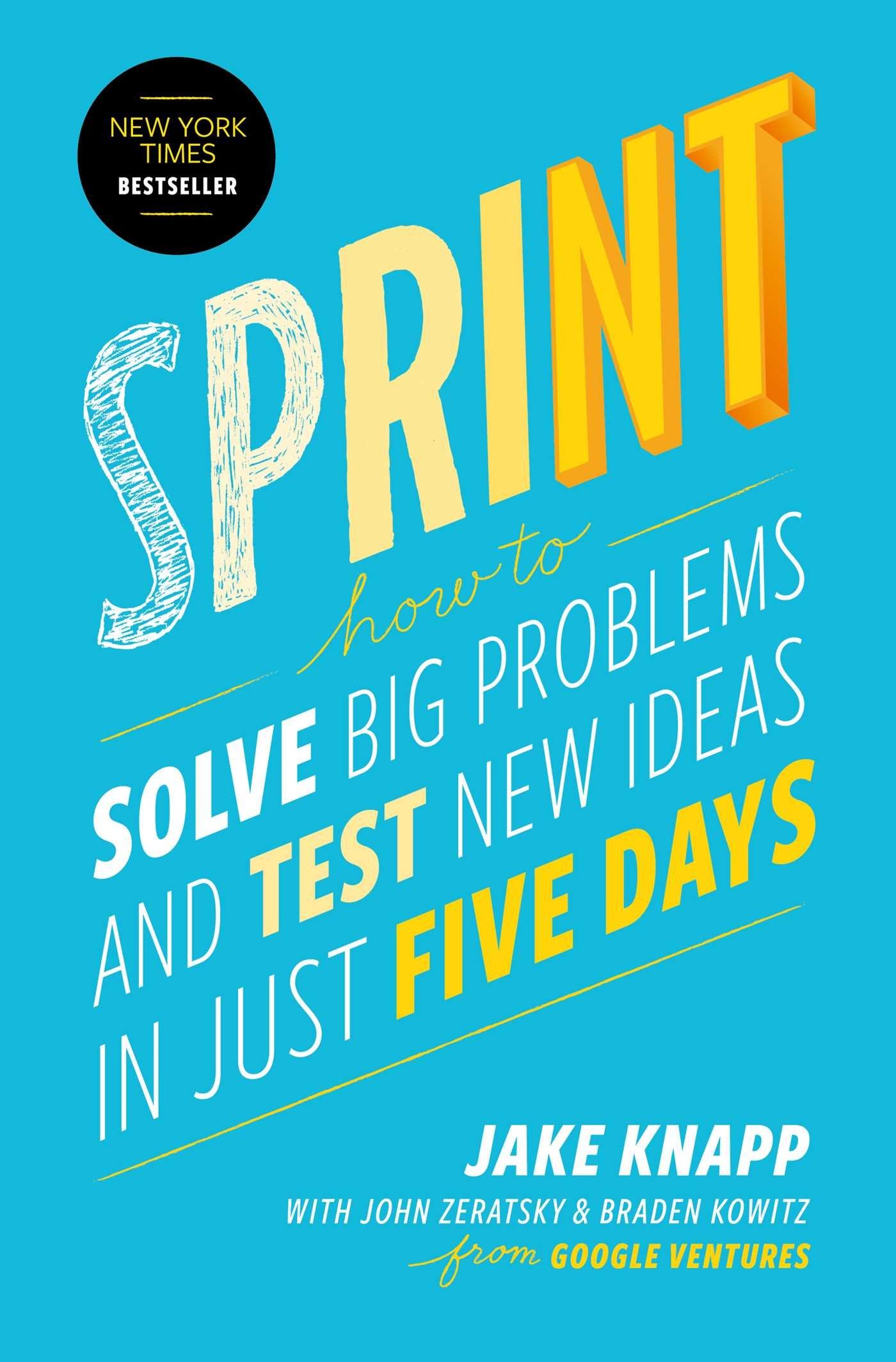
If you would like to learn more about the Design Sprint methodology, then we highly recommend reading ‘Sprint’ by Jake Knapp or visit www.gv.com/sprint/ to get more insight in to this winning process.
Jake actually attended the Innovation Festival back in 2020. You can watch the full interview when Nigel met Jake right here.
